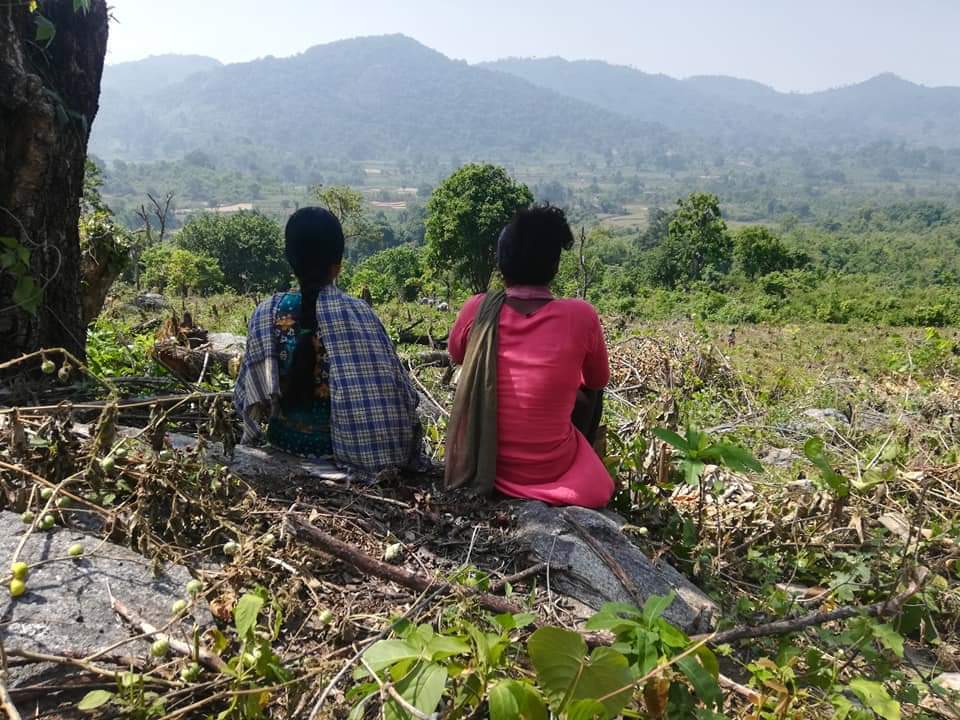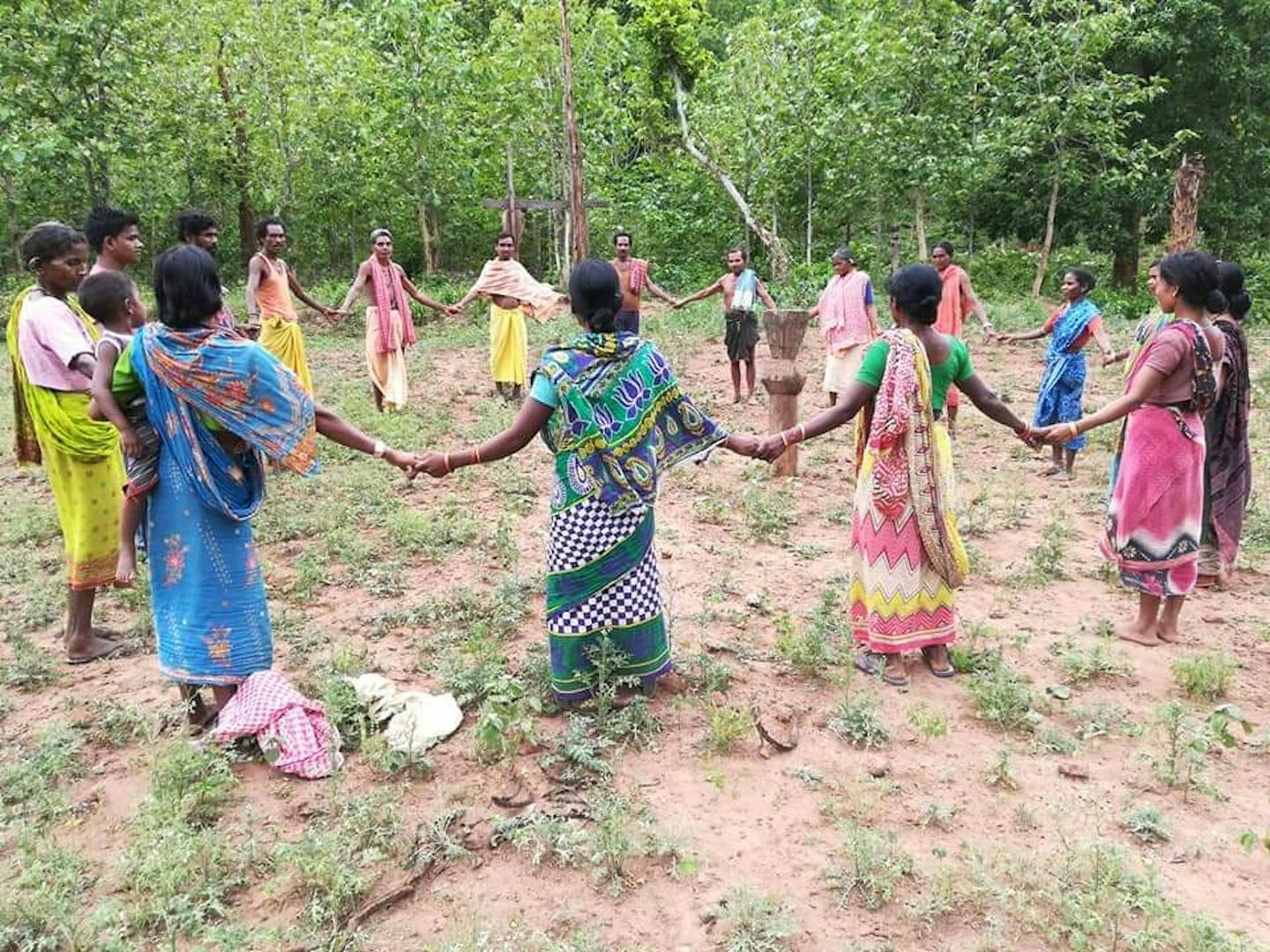Not letting forests go up in smoke
It’s only noon, but Namajhini Malik has finished a majority of her day’s work. With a group of women, she plucked green amla (Phyllanthus emblica) from the forest. Then, from their village, Budhabhyapari, in the eastern Indian State of Odisha, they headed over to their village council office. She greeted other people, who arrived there with collected forest produce to be sold.

Amla fruit. Dinesh Valke cc-by-sa-2.0.
“The livelihood of every household in our village is dependent on the forests,” says Namajhini. But in 2015, the forest caught fire—the worst one in Namajhini’s memory. Then, in the subsequent years, a group of women from about 90 households adopted measures to prevent these fires. Clearing out dried leaves and patrolling forests, the women led group ensured that fires were nipped right in the bud.
Odisha Fires at a Glance
Forest fires are common in Odisha, especially in Kandhamal district where Namajhani lives. Here, dense canopies of teak, sal (Shorea robusta) and Siali (bauhinia vahili) trees, generously dotted with fruit trees spread over almost 65% of the land, making it Odisha’s highest forest covered district.
Fires peak during March and April, but the season spans over half a year. Since November 2019, Odisha has seen the third highest number of fire alerts in India, with over 10,000 fires reported under the Suomi-National Polar-orbiting Partnership software.
“The unusual change in weather and climate patterns impacts forest fires,” says Neema Pathak Broome, member of Kalpavriksh Environment Action Group, who has studied environmental science and wildlife management. “In the years without winter rain, the biomass is dry, moisture is low which makes for favourable conditions for forest fires.”
On analysing future trends of temperature and rainfall projection in Odisha, a 2018 study claimed that forest fires would increase in the state by 2030, with some districts including Kandhamal seeing more severe fire events.
When the forests burn
The forests offer a bounty of produce which interlace with the everyday lives of the Kandh and Kutiya Kandh tribes that dominate this region. Amla apart, people have a lot to choose from—mangoes, tamarind, jackfruit, medicinal plants and even honey.
So when the forests set ablaze in 2015, people’s livelihood here stalled.
Kandhamal’s famous turmeric was one of the fire’s victims. “This turmeric cultivation requires mulching with leaves of sal tree,” Namajhini informs. “This process was compromised in 2015 since most of the trees were burnt, and we had to travel to a different forest to get them.”
“The animals and birds who live in our forests also suffer in the fires,” says Dhaneshwar Sahoo, a resident of village Daringbadi in the Kandhmal who works with NGO Jagruti in Odisha. Daringbadi’s forests spread across 22,000 hectares.
Other economic activities are also hurt. Fires destroy the smaller plants and saplings in the forests, impacting those who raise livestock.
Namajhani, who owns 50 goats, knows that very well. “Rearing my goats is my major source of income, after the forest fire in 2015, they had very limited fodder to graze upon,” she says.
But this year, even as much of Odisha’s forests burned, Budhabhyapari and Daringbadi saw no forest fires. Climatic conditions apart, this village has something unique preventing forest fires: efforts by a group of women.
Preventing Fires
By the onset of February, the forest floor is covered with dry leaves about 2-3 inches high. “We divide patches of forests, and clear out the dry leaves from the forest floor, creating fire lines, explains Namajhini, who also participates in the process. “The dry leaves on the floor ignite easily,” she continues.
“Clearing them out in lines ensures that even if the forest catches fire, it would not move from one part of the forest to the other,” Dhaneshwar adds on. The women-led group also patrols the forests regularly to catch the fire at its earlier stage.

A group of people representing their solidarity with the forests. Sushant Dalai.
These efforts have gained momentum in the last 5 years. One of the factors behind this gear change was initiating the conversation on legal ownership of forests. In 2006, the Central Government passed the Forest Rights Act to ascertain the rights of the communities that depend on forest land. Through an intensive procedure, it legally places the ownership for the forests’ use, management and protection with the communities.
“After villages started filing their claims for rights under FRA, we saw that instances of fire became fewer by 70-80%”, says Sushant Dalai, who is with Vasundhara, an NGO working with local communities in Odisha on FRA.
In 2008, Namajhini held a meeting in her village. She discussed the need of this historic act which could shift the responsibility and ownership back to the community, from the tight hold of the Forest Department. Then, they formed a 15-member ‘Forest Rights Committee,’ of which she’s a member.
In 2015, the committee filed claims to receive ownership for the common forests of the village. The process is still ongoing.
In the meanwhile, the committee has kept up the debate about protecting forests. Last August, they planted more than 5000 indigenous trees with support from the Forest Department.
“At the beginning, it took a lot of convincing to get everyone to start protecting the forests,” says Namajhini. This was particularly difficult since many tribals cut down Sal and Teak trees of the forests to sell. “But now, the committee meets every month. Most people in the village now support us to protect the forests, including the efforts to prevent the fires.”
By making these forests their “own”, legal recognition of their rights under FRA would keep the momentum behind such conservation efforts.


